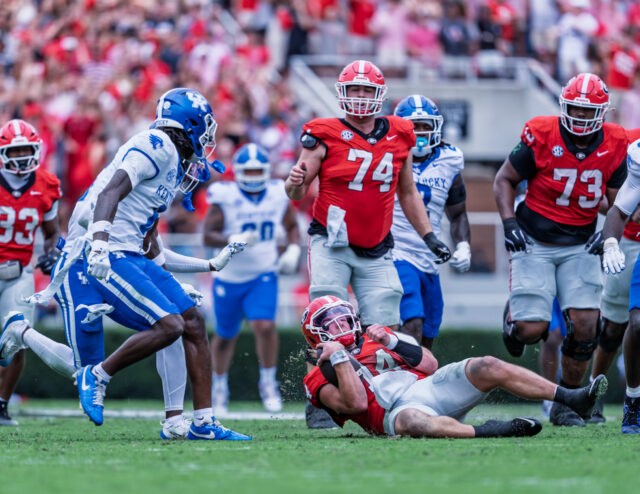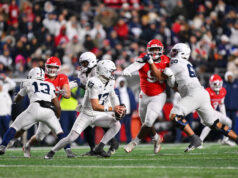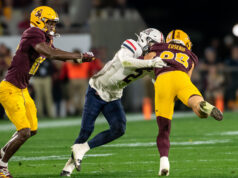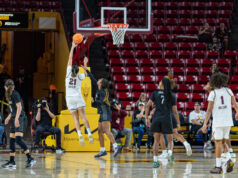New York, NY— Wendell Smith, Kenneth Stanley Washington, Earl Lloyd, and Jackie Robinson did more than change the face of sports — they changed America. Their courage didn’t just open doors for athletes; it opened a dialogue about equity, representation, and justice. Jackie Robinson, in particular, didn’t simply break baseball’s color barrier — he broke through centuries of systemic exclusion and demanded that Black excellence be seen, heard, and respected.
Yet more than 75 years later, the same institutions that celebrate diversity on the field continue to silence it behind the press pass.
At 4.0 Sports Media & Entertainment, we’ve seen this exclusion firsthand. Despite years of comprehensive coverage across entertainment, professional, and collegiate sports — including the NFL, NBA, MLB, MLS, NHL, and major combat sports — our requests for credentials are too often met with shifting justifications, quiet dismissals, or outright denials.
We’ve heard every excuse in the book:
“There’s limited space available for this event.”
Yet smaller outlets with less reach or newer platforms are somehow granted access.
“We don’t credential independent websites.”
But student newspapers, blogs, and hobby sites routinely receive approval.
“Our media pool is already full.”
Meanwhile, friends of staff and non-journalist guests occupy press seats.
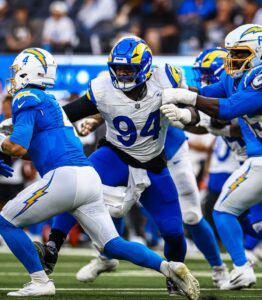
And recently, a troubling new trend has emerged — organizations now use “analytics” as a tool to disqualify Black and independent outlets.
We’ve been told our “metrics” don’t meet the threshold, even though our engagement rates, readership demographics, and audience reach often outperform many credentialed legacy outlets. It’s a selective use of data analytics as a gatekeeping weapon — meant to discriminate and look like due diligence.
Even worse, some teams have begun attaching excessive community engagement requirements to credential approval. They ask independent outlets — particularly Black-owned ones — to “partner” on local initiatives, attend extra events, or cover “non-core” activities just to earn the right to photograph or report on a single game.
These hoops aren’t about inclusion — they’re about control.
Let’s be honest: this isn’t about policy or space. It’s about access and visibility. Too often, credentialing decisions are driven not by quality journalism but by familiarity and comfort. If your logo isn’t one of the big national brands, or if your team doesn’t have decades-old ties to the league, your work is often dismissed before it’s even reviewed.
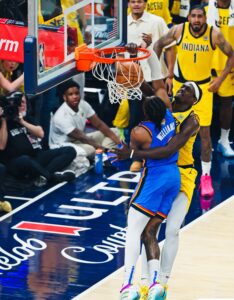
The reality is that many Black and independent media organizations are being quietly pushed out of the spaces our predecessors fought to enter. Jackie Robinson, Wendell Smith, and countless others didn’t risk their careers just for us to be spectators outside the gates.
Here’s a typical rejection we’ve received:
“After careful consideration, we regret to inform you that we will not be issuing media credentials or we will credentialed you for non-conference games. This decision was made based on a variety of internal factors, including space limitations and coverage priorities.”
Or the all-too-familiar:
“We do not credential independent publications.”
As though independence — the very foundation of journalistic integrity — is somehow a liability.
Inside the press box, the imbalance is clear: legacy outlets hold multiple seats, while independent journalists — often Black, often local — are left standing outside. The message is subtle but unmistakable: your perspective doesn’t matter here.

But if only a few voices are allowed to tell the story, then the story itself becomes incomplete.
To truly honor the legacy of Jackie Robinson and every trailblazer who fought for inclusion, sports organizations must make credentialing transparent, equitable, and merit-based. Access should reflect the diversity of the fans and communities that make these sports thrive.
It’s time to remove the subjective filters and biased “metrics” that disguise exclusion as professionalism.
The NFL and NBA must do better.
When the NFL proudly paints “It Takes All of Us” in the end zone, it sends a message of unity and inclusion — but those words ring hollow if diversity ends at the field’s edge. You can’t speak about inclusion while standing on the sidelines when inequity is brought to your attention.
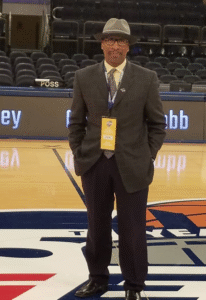
If these leagues are truly committed to diversity, equity, and inclusion, then that commitment must extend beyond the players and executives — it must reach the press box as well. Representation in media access is just as vital as representation on the field.
Because if the voices telling the stories aren’t as diverse as the players living them, then the message of inclusion remains incomplete.
And to our peers across the Black press and independent media — keep pushing. Keep asking the hard questions. Seek allies in advocacy groups like the Fritz Pollard Alliance, the National Association of Black Journalists, and other organizations fighting for fairness in sports media.
Because this battle isn’t just about a press pass.
It’s about representation, respect, and the right to tell our own stories.
If we’re serious about honoring those who paved the way, then access can’t be conditional — it must be equal.



